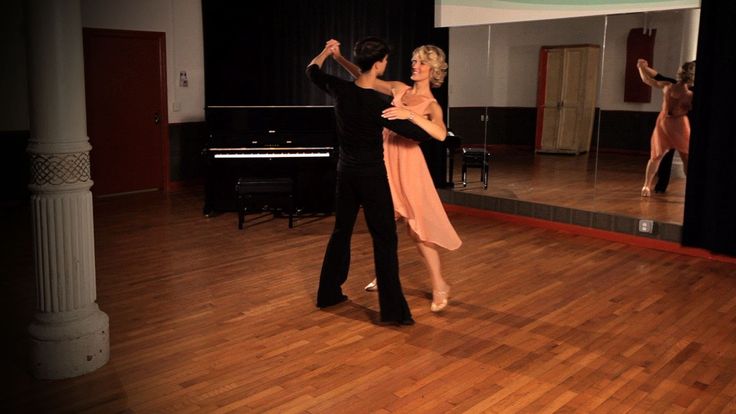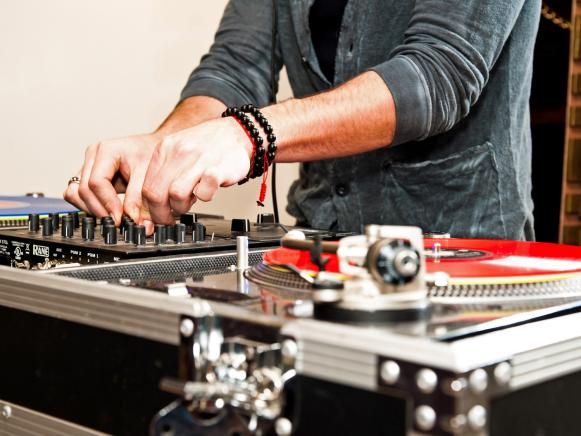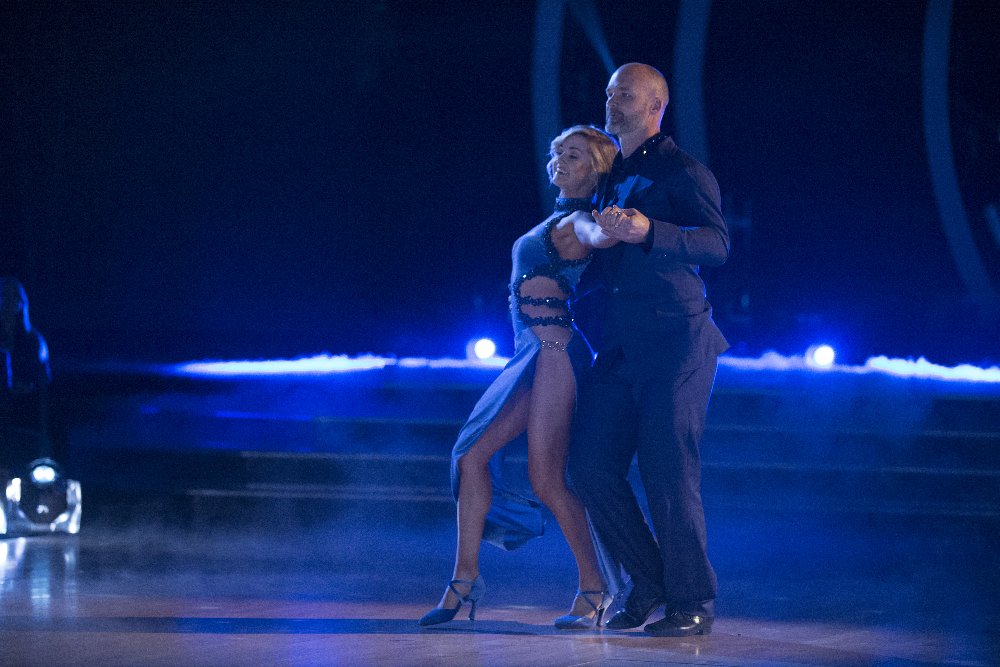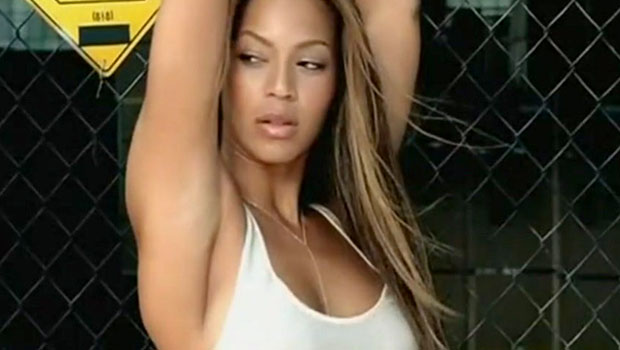How to dance walzer
Learn Basic Steps For Waltz
Waltz is an elegant, nearly universal dance, perfect for weddings, or almost any social occasion. It's not as hard to learn as most people think.
- Basic steps
- Instructions & Diagrams
- Video
- Recommended Video Lessons »
Quick intro
Waltz dates back to the late 17th century Europe, but has never really been out of fashion and clearly stood the test of time. It should probably be one of the first ballroom dances you learn.
It is a smooth and graceful dance with long, flowing movements, characterized by rise & fall motion. It has a unique 3/4 timing and a simple rhythmic pattern which blends with the music. You can start waltzing very quickly by just learning the simple box step.
Basic steps
The basic step for waltz is a box step. It's named after a pattern it creates on the floor (box or square) and forms the foundation of the dance.
A box step can be divided into two parts - a forward half box and a backward half box. Each half box has three steps - a step forward or backward, a step to the side, and a step to close the feet together.
The leader starts with the left foot and executes a forward half box, followed by a backward half box. The follower performs the opposite – she starts with the right foot and executes a backward half box, followed by a forward half box.
The basic box step pattern uses three counts - slow, quick, quick, which is repeated twice to create the box step. Timing is 1,2,3,1,2,3 or 1,2,3,4,5,6.
Instructions & Diagrams:
When dancing waltz someone has to lead and someone has to follow. Usually the man will lead and the woman will follow.
Men's Steps:
- Step forward with the left foot
- Right foot step sideways to the right
- Bring your left foot next to your right foot
- Step back with the right foot
- Step back sideways with the left foot
- Bring your right foot next to your left foot
Lady's Steps:
- Step back with the right foot
- Left foot step sideways to the left
- Bring your right foot next to your left foot
- Step forward with the left foot
- Step forward sideways with the right foot
- Bring your left foot next to your right foot
Video
In this video Leon and Kim will show you the basic box step.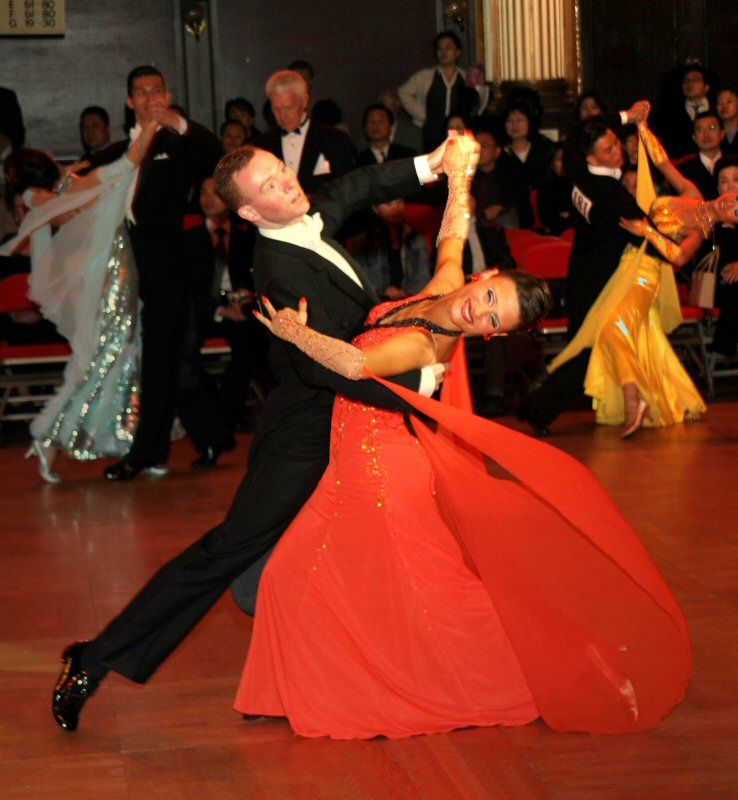 You will also get important tips on rise & fall movement which characterizes this dance:
You will also get important tips on rise & fall movement which characterizes this dance:
more videos »
Once you've mastered the basic box step, it's time to start rotating that box. It will usually be rotated to the left (counterclockwise), so it's called the Left Box Turn. It's quite simple: with each half box, you turn 1/4 of the turn to the left. After two boxes (or four half boxes) you will complete the turn and end up where you began. Then start all over again.
Ok, so now that you know the basic box and how to rotate it, lets continue with basic progressive. Here, as the name implies, the leader will always be moving forwards and the follower backwards. This will enable you to move around the dance floor instead of just dancing on the spot. Here is a clip from Learn & Master Ballroom Dance course that will show you in detail how it's done:
Where to go next?
Now that you know the basics, what's your next step (pun intended ;)? To go to the next level, we recommend one of the video training programs. Here are our recommendations »
Wedding Waltz Ultimate Guide: Dance Steps & Songs
A romantic ballroom dance, the waltz is a superb choice for weddings. If you are considering the waltz for your wedding then allow us to help.
We are expert wedding dance choreographers, here to share the waltz’s background, show you the basic steps, help you pick romantic songs, and offer dance lessons that will enable you to truly enjoy dancing with your partner on your big day together!
What is the Wedding Waltz?
A waltz is a classic ballroom dance, characterized by couples rhythmically turning while stepping and sliding in the waltz box step. The word waltz comes from the German word Walzer, meaning “to revolve.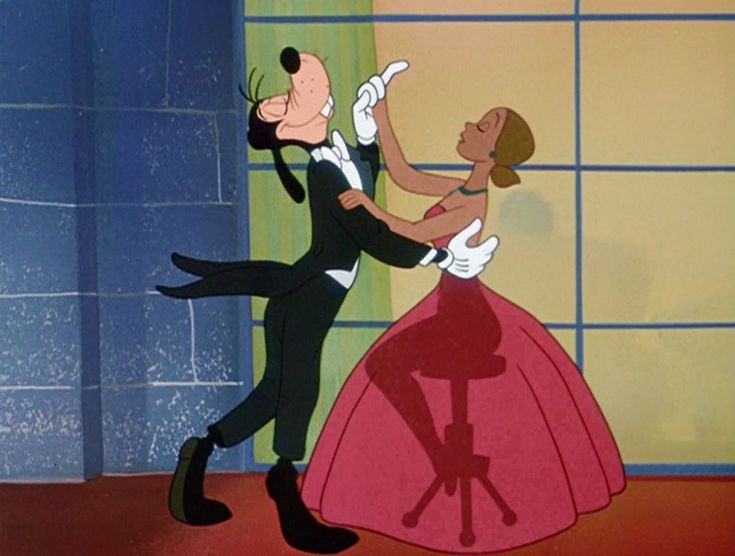 ” This dance is one of the easier ballroom styles to learn.
” This dance is one of the easier ballroom styles to learn.
From its beginnings in the 18th century, the waltz was steeped in romance. The dance scandalized polite society by bringing men and women close together as they danced and embraced. Initial religious pushback couldn’t stop the waltz from becoming a popular ballroom dance that transcended both distance and time.
Today the waltz is still bringing couples together around the world. The waltz even has a special name when it is the first dance at weddings, the Bridal Waltz.
Time Signature of the Waltz Dance
One of the waltz’s defining traits is its unique timing. All waltz songs have 3 beats in a measure. Waltz songs are often composed with a 3/4 time signature.
4 Popular Waltz Styles to Choose for Your Wedding
American Waltz
When the waltz came to America in the 1800s, many dancers found the speed to be too fast. The dance was slowed down and the American style evolved to include theatrical arm movements and open foot patterns. American Waltz is a popular style of dance for weddings, being more accessible than some other styles and having more freeform potential.
American Waltz is a popular style of dance for weddings, being more accessible than some other styles and having more freeform potential.
Viennese Waltz
Originating from Europe, the Viennese Waltz is the fastest style of the waltz. It involves continuous fast turns to the left and to the right for the duration of the dance. With its high speed and complex steps, this style of waltz is not recommended for the weddings of beginner-level dancers.
International Style Waltz
Also known as the Slow Waltz, International Style Waltz is practiced throughout the world and is popular in dance competitions. The slower pace of this style, about 84 to 90 beats per minute, makes it accessible for beginner-level dancers. This is a good style of dance to choose for your wedding if you like slower waltz music.
Country Waltz
Country Waltz is one of the faster styles. This variant of waltz features turns and spins that move in straighter lines than other styles. A feature that makes the Country Waltz suitable for country line dancing. This style of waltz is accessible to beginner-level dancers and opens the door for wedding line dances.
This style of waltz is accessible to beginner-level dancers and opens the door for wedding line dances.
How to Waltz Dance
In a waltz dance, there is a leader and a follower. Traditionally the groom leads and the bride follows. If you are a same-sex, gender-diverse, or non-traditional couple, this article can help you and your partner choose who leads and who follows.
Waltz Dance Steps for the Leader
At the start of the waltz, the dancers stand a foot apart and face each other. The leader places their right hand on the follower’s left shoulder.
Leader’s Steps:
Step forward with your left foot
Move your right foot forward & sideways to the right
Bring your left foot next to your right foot so both feet are parallel
Step back with your right foot
Step back & sideways with your left foot
Bring your right foot next to your left foot so both feet are parallel
Waltz Dance Steps for the Follower
The follower moves in the opposite direction as the leader.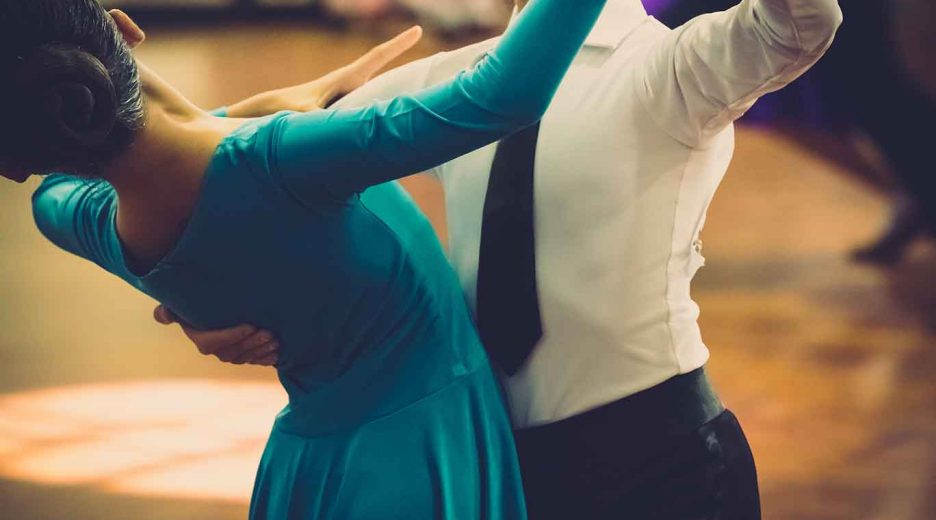 The dancers stand a foot apart and face each other. The follower places their right hand on the leader’s left shoulder.
The dancers stand a foot apart and face each other. The follower places their right hand on the leader’s left shoulder.
Follower’s Steps:
Step back with your right foot
Move your left foot backward & sideways to the left
Bring your right foot next to your left foot so both feet are parallel
Step forward with your left foot
Step forward & sideways with your right foot
Bring your left foot next to your right foot so both feet are parallel
Wedding Waltz Songs
Celebrate your wedding with the people you love and with music you will love too! It can be difficult to identify good waltz songs because of the 3/4 unique time signature. This is why we have prepared a collection of 30+ romantic waltz songs for your consideration. When selecting songs for your bridal waltz, we recommend songs that are not too fast or too slow. Try to visualize yourself stepping to the tempo as you listen.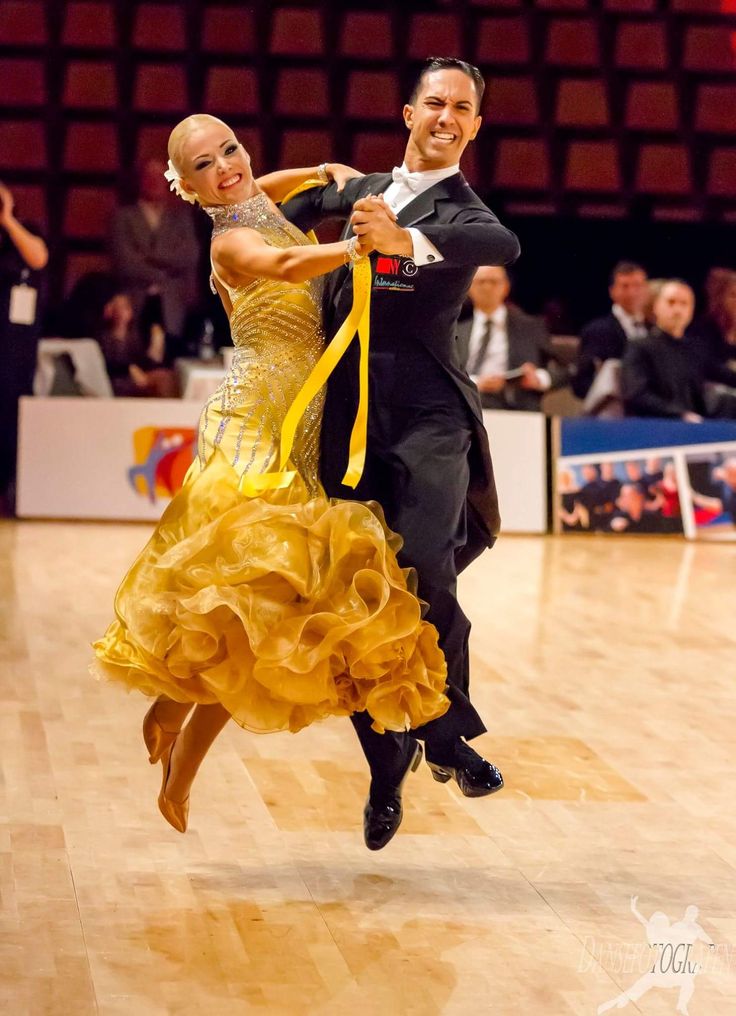
Classic Waltz Dance Music
Waltz has a rich history, full of romantic classical songs that can set the perfect mood for your wedding.
Johann Strauss II - The Blue Danube Waltz
Dmitri Shostakovich - Waltz No. 2
Émile Waldteufel - The Skater's Waltz, Op. 183
Piotr Ilych Tchaikovsky - Waltz from The Sleeping Beauty
Tchaikovsky - Waltz of the Flowers
Franz Lehár - Gold and Silver Waltz
Tchaikovsky - Swan Lake Waltz
Banjo Paterson - Waltzing Matilda
Franz Lehár - The Merry Widow Waltz
Frederic Chopin – Minute Waltz
Modern Waltz Dance Music
Waltz songs and romance are still blossoming today. There are many contemporary waltz songs that you can choose for your bridal waltz.
Seal – Kiss From A Rose
Paramore - The Only Exception
William Beckmann - Danced All Night Long
Calum Scott - You Are The Reason
Oasis – [You’ve Got] The Heart Of A Star
Alanis Morissette – Utopia
Cockney Rebel – Sebastian
Phil Collins – Look Through My Eyes
Ed Sheeran - Perfect
The Beautiful South – One Last Love Song
Billy Joel – Piano Man
The Corrs – Runaway
Lifehouse - You and Me
Madonna – Hey You
Ellie Goulding - How Long Will I Love You
Bon Jovi – Bed of Roses
Slow Waltz Dance Music
Looking for songs that are slow and romantic? Slow dance lovers have plenty of waltz songs available to choose from.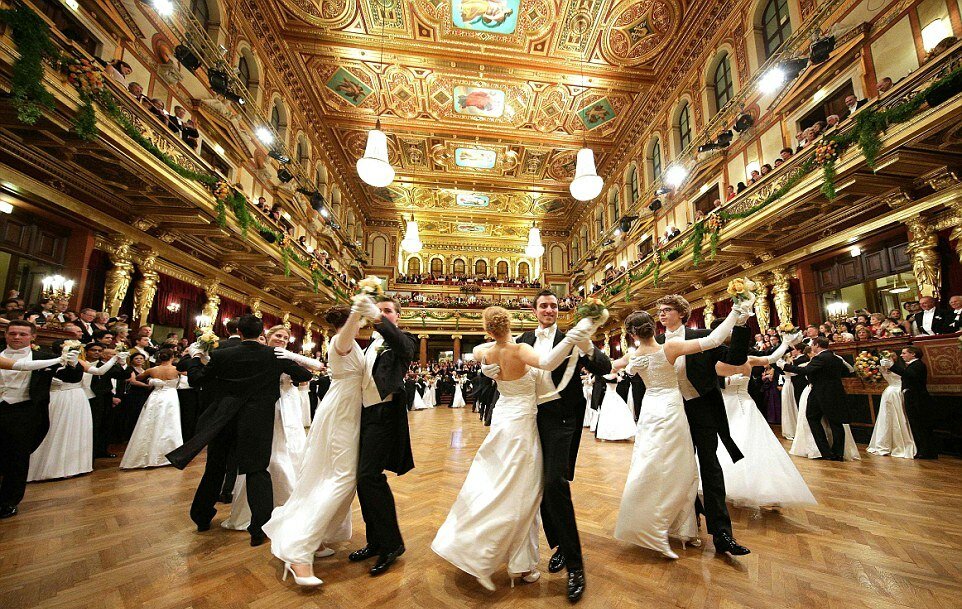
Elvis Presley - Are You Lonesome Tonight?
Matt Nakoa - Waltz in the Dark
Norah Jones - Come Away With Me
Hildegard Knef - Für mich, soll's rote Rosen regnen
Jackie DeShannon - What The World Needs Now Is Love
Dana Glover - It Is You ( I Have Loved)
Frank Sinatra - Moon River
Elton John – Can You Feel The Love Tonight
Geoff Love & His Orchestra - Anniversary Song
Alan Jackson - I’d Love You All Over Again
Olivia Newton-John - Sam
Engelbert Humperdinck - The Last Waltz
Wedding Waltz Dance Lessons In San Francisco
Invest in the epic bridal waltz of your dreams!
We can help you become totally prepared and confident to waltz with your partner. You’ll be ready to dazzle your guests and truly enjoy yourselves during the big moment of the most important day of your lives together!
Ball like a time machine, or ALLES WALZER!
This is not a historical film set.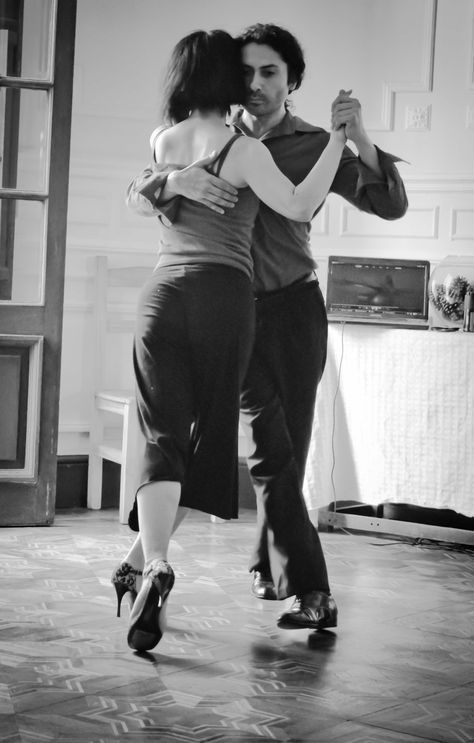 This is quite the everyday life of the autumn-winter Vienna.
This is quite the everyday life of the autumn-winter Vienna.
November 6, 2013
Natalia Barabash
A professional journalist, she worked for the Komsomolskaya Pravda newspaper for the last 16 years, was the editor-in-chief of the KP weekly and deputy editor-in-chief of the newspaper. Now she lives in Vienna, loves this city very much and is ready to talk about it endlessly.
- 34 materials
- Write to the author
- Author's site
While science fiction writers and filmmakers only dream of a time machine, everyone here is calmly sent to the past. At the Vienna Ball. It is exactly the same as it was centuries ago. Empires collapse, governments flicker, humanity rushes somewhere, taking off into space and diving into the depths of the Internet. And only here, behind this door, everything remains unchanged and frozen, as in a drop of amber.
The dances follow each other in a strict order, the gentlemen are always courteous, the ladies are beautiful, and the worst thing that can happen is that you lose time or lose your shoe.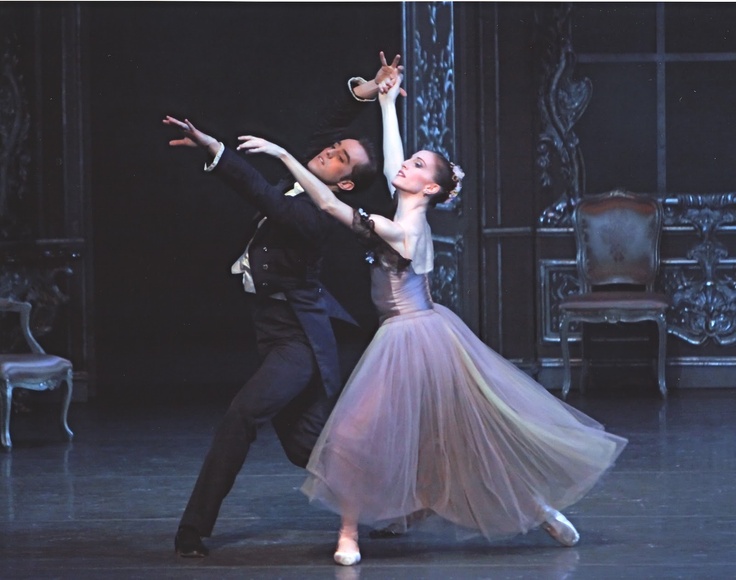 When the future is unclear, humanity has always tried to escape into the past.
When the future is unclear, humanity has always tried to escape into the past.
We are not waiting for change
- When I was young, I went to balls, because I dreamed of changing my life. Everything around seemed familiar, dull, and the ball was a bright fairy tale. And you start waiting for a miracle, peering at the gentlemen: maybe this is your prince? - says Michaela Wiesbauer, a resident of Vienna, who was born and raised in this city. - And then it turned out that my prince works next to me in a marketing agency. The ball is just a great opportunity to dance. And its main charm is the immutability of traditions and a return to history. I always shudder if someone's cell phone rings at the ball... As if from another time...
The ball for the Austrians is neither an anachronism nor an attraction for tourists. It's part of their life - just like skiing. Not being able to dance correctly here is just as strange as not being able to walk correctly: this is taught from the age of 5 in circles, and then in compulsory lessons at school. And, by the way, the proverbial Austrian courtesy is also brought up there: when you pass an exam on courtesy, something becomes a habit...
And, by the way, the proverbial Austrian courtesy is also brought up there: when you pass an exam on courtesy, something becomes a habit...
To be among the debutants - boys and girls from all over the world, in full dress opening the main balls of the season - is a special honor. Schastlivtsev is selected by a special committee from among the former debutants and they evaluate only one thing: the ability to dance superbly. Some parents in Vienna prepare their children for such a debut more strictly than for the final exam.
But the main visitors to the balls are still not young people. Tickets and outfits are expensive for most students.
- Why do my husband and I go to some ball every year? Michaela continues. - Probably because we love the same thing as our great-grandfathers. Beautiful music, waltzes and strict regulations in everything.
Like many former empires, Vienna lives on memories, history and traditions...
Dancing Congress
In fact, balls were not invented at all in Austria: the first known ball in history was given in 1385 in Amiens by King Charles VI of France on the occasion of his marriage to Isabella of Bavaria. The heyday of dance evenings also began with the French: Marie de Medici started a fashion for masquerades, the gallant Henry IV widely moved them to the court masses, but during the time of Louis XVI, the Parisians who were carried away danced until the Great French Revolution and the center of ballroom culture, along with the emigrated aristocrats, moved to Vienna.
The heyday of dance evenings also began with the French: Marie de Medici started a fashion for masquerades, the gallant Henry IV widely moved them to the court masses, but during the time of Louis XVI, the Parisians who were carried away danced until the Great French Revolution and the center of ballroom culture, along with the emigrated aristocrats, moved to Vienna.
This is where everything came together. The ball finally has its own king - the waltz. Its predecessor was the unpretentious simple folk dance "Lendler", which was very fond of in the Alpine villages - its main feature was a three-quarter beat. It is not known how it leaked into exquisite living rooms and palaces, but in the middle of the 18th century the word “walzen” appeared in the Austrian vocabulary, meaning whirling to the beat.
And this whirling victoriously ousted the minuet that had reigned there for centuries from the dance halls. Vienna forever spun in a waltz.
His ability to dance immediately became an indispensable condition for a noble upbringing.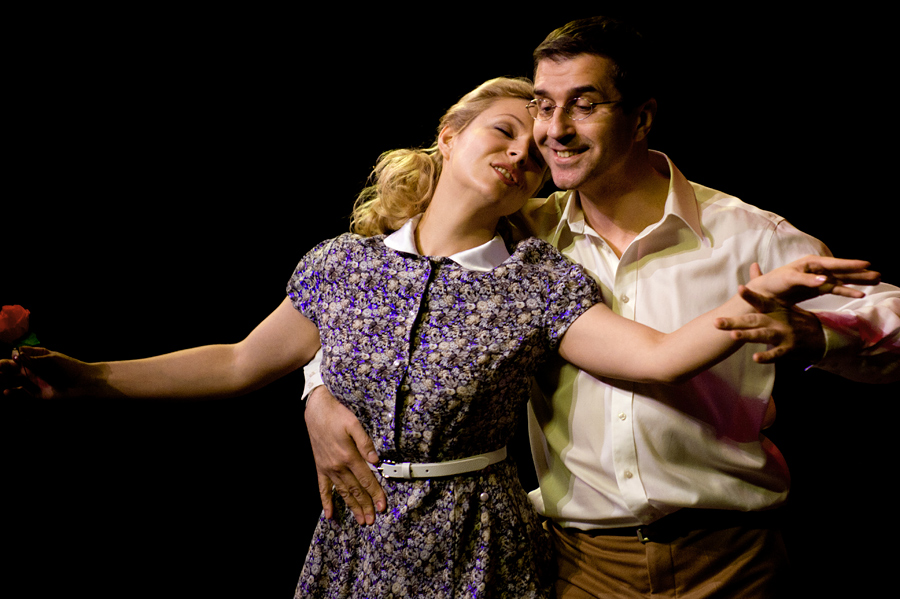 So important that when the French emperor Napoleon Bonaparte was preparing for the wedding with the Austrian princess Marie-Louise, he specially ordered a dance teacher from Vienna. There were reasons for this.
So important that when the French emperor Napoleon Bonaparte was preparing for the wedding with the Austrian princess Marie-Louise, he specially ordered a dance teacher from Vienna. There were reasons for this.
The hidden flywheels and gears of the secular and political life of the empire were spinning precisely at the balls. In Vienna, they were given 250 per day, and while successful parties and unions of aristocratic families were formed on the dance floors, the most important state decisions were discussed at the card tables. The famous Congress of Vienna of 1814-1815, which reshaped the map of Europe, was even nicknamed the Dancing One: the monarchs swirled in a series of magnificent balls and, it seems, drew new borders for polkas and polonaises.
Sometimes one dance could turn the whole course of the life of the empire. For example, Austria waited with bated breath for the young Emperor Franz Joseph to propose to the Bavarian princess Helen, who was considered his bride..jpg) And suddenly at the ball he invites to the cotillon - the most important dance - not Helen, but her sister Elizabeth. And - that's all, the news immediately went to walk around the world: Elizabeth will be the Empress!
And suddenly at the ball he invites to the cotillon - the most important dance - not Helen, but her sister Elizabeth. And - that's all, the news immediately went to walk around the world: Elizabeth will be the Empress!
However, what is there marriage! Historians quite seriously suggest that it was the waltz that saved Austria from revolutions. From November 11, when the ball season opened, and all winter, until the last week of fascism (or Shrovetide), the crowns of all classes danced quadrilles together at public balls (only maids were not allowed). And the joint whirling brought the antagonistic classes very close together. It is a pity that revolutionary sailors were not allowed to balls in Russia...
Main Ball
The only Viennese ball where only the cream of the aristocracy could go - Court or Imperial. It took place in the Hofburg on New Year's Eve and was the main event of the season. The New Year's imperial ball is still taking place now, it is called LE GRAND BAL.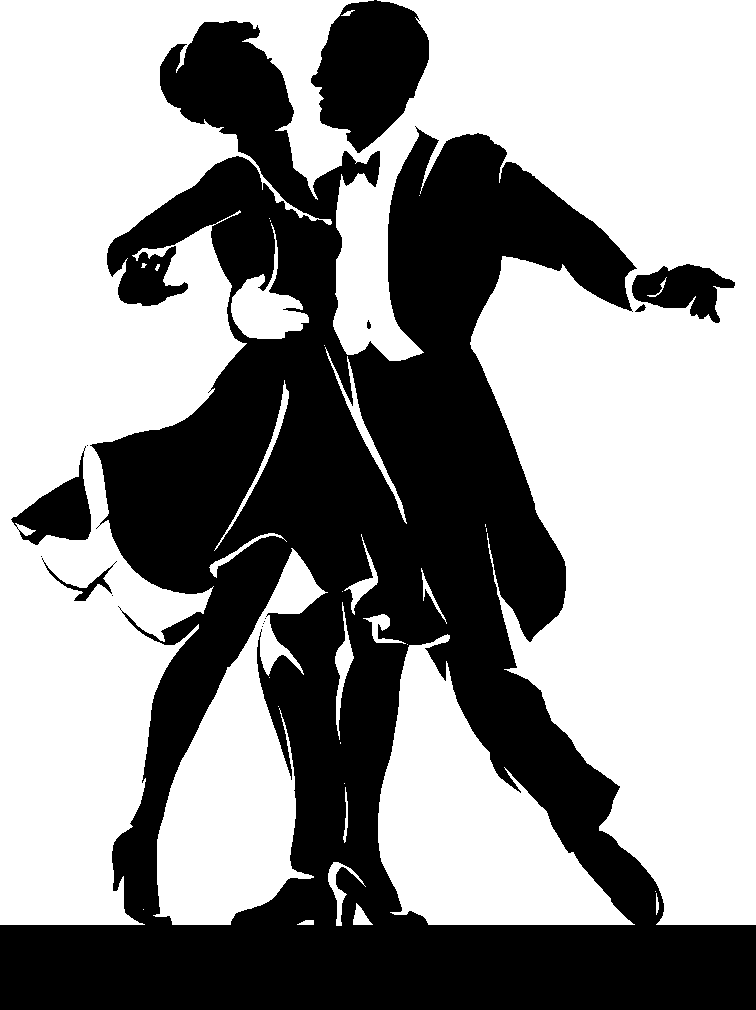 Guests, as of old, are welcomed in their apartments by Franz Joseph and Sisi, to be more exact. actors playing their roles, guards of the Imperial guard are posted on the stairs, footmen in livery serve delicious dishes, gifts are presented to the ladies at the entrance, and the melodies of Strauss the father and Strauss the son sound all night long - oh, how they once competed for the title of King of Waltzes!
Guests, as of old, are welcomed in their apartments by Franz Joseph and Sisi, to be more exact. actors playing their roles, guards of the Imperial guard are posted on the stairs, footmen in livery serve delicious dishes, gifts are presented to the ladies at the entrance, and the melodies of Strauss the father and Strauss the son sound all night long - oh, how they once competed for the title of King of Waltzes!
And yet this ball is more of an entertainment for tourists. The main ball of the country is now the Vienna Opera House, which seized the palm at the end of the 19th century, when the emperor, dejected by the death of Sisi, banned the Court Ball.
The opera ball is equated to an official reception, the President of Austria is always present at it, the world elite gathers, the most famous artists perform. 4.5 thousand guests can attend the event, and tickets cost from 380 euros (entrance - to stand) to 15,800 euros (sit in your own box). Ordinary crowns silently call this ball a vanity fair.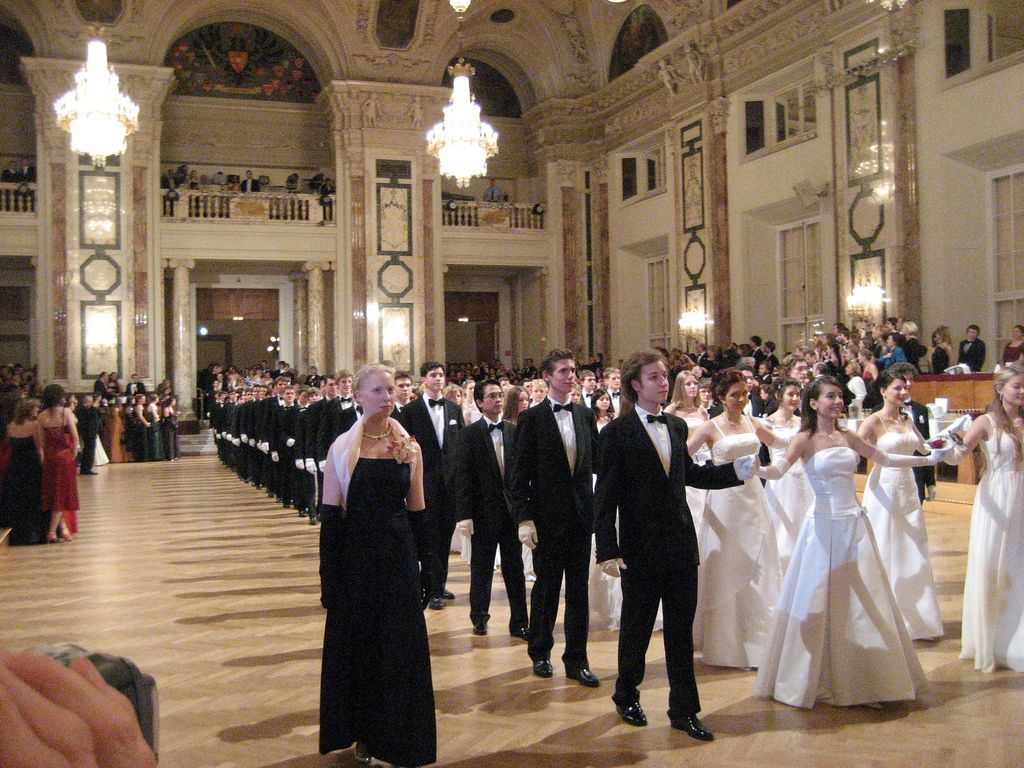 And they go to different places.
And they go to different places.
Corporate Viennese
- In essence, most Viennese balls are a kind of New Year's corporate parties, - says Oliver Reiner. owner of a law firm in the center of Vienna. - From the very beginning, balls were sharply divided into court and public, that is, professional. Everyone had their balls: bakers, milkmen, grocers, confectioners, chimney sweeps, laundresses. By the way, aristocrats burst into the balls of laundresses - because of the outfits of the laundry masters, bold at that time.
And today the tradition of professional balls has remained. For example, our lawyers' ball will be held in the Hofburg on February 9, and I have already bought tickets for it. In our environment it is customary to be there.
By the way, everyone can buy tickets for corporate balls. And today's Cinderellas - decide in advance on the profession of a prince. Maybe that's why there are so many pretty girls at the balls of the Vienna University of Economics, the Vienna Industrial Union, the Austrian Real Estate Society and the Officers' Ball?
And yet the most popular in Vienna are the merry Ball of Confectioners, or Candy Ball: at it, guests choose the Queen, after which Her Majesty is put on the scales and handed her as many sweets as she weighs.
Coffee House Owners' Ball - when the Hofburg Palace is turned into one big coffee house, and after tasting the best coffees and dancing, guests hire fiacres and go to the famous Landtmann restaurant to party until the morning.
At the Ball of Magicians, the best magicians and illusionists of Europe compete in their art, the Ball of Flowers in the Town Hall turns all the halls into huge bright flowerbeds, at the ball of the Philharmonic Orchestra world-famous musicians shine ... Ladies at the famous masquerade ball Rudolfina Redoubt, which was adored by Empress Sisi , they do not take off their masks until midnight and choose gentlemen themselves: all the dances here are “white”.
But there is also the aristocratic Hunters' Ball, the most fashionable Ball of Life - invented by a gay artistic party and gathering the most famous artists, fashion designers, the Johann Strauss Ball and the Artists' Ball.
How to hit the beat
Tourists, reading the program of the dance season, may feel sad.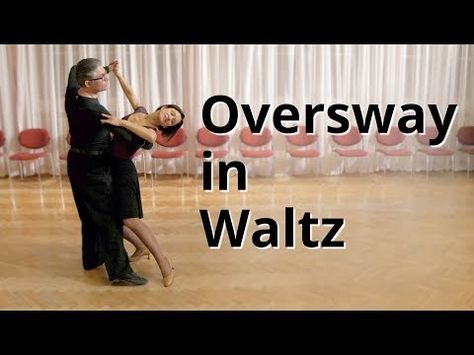 The choice is huge, but what if you don’t know how to waltz properly?
The choice is huge, but what if you don’t know how to waltz properly?
We'll fix everything. Only in Vienna there are over 200 dance schools, and almost all of them take several lessons to put a beginner on the floor.
- Our school has existed for 55 years, and during this time we have learned a whole waltz army! - says Frau Brigitte Wagner, owner of the well-known Vienna school of Professor Wagner. - And now a variety of students go to us: they are from 6 years old to 75. Local residents usually take 1-2 lessons per week during the year, they cost 45 euros. And tourists ask to teach them different ancient dances in just 1-5 lessons. And we always do it! After all, you can’t stand at the ball, you have to dance there!
It turned out that most of the students today are from Japan - the boom of the Viennese waltz began there. More and more guests from Russia. But many of them prefer to take lessons a few hours before the start of the ball in the Hofburg - they have introduced such a service for beginners, and they also show how to properly use cutlery on the richly served royal table.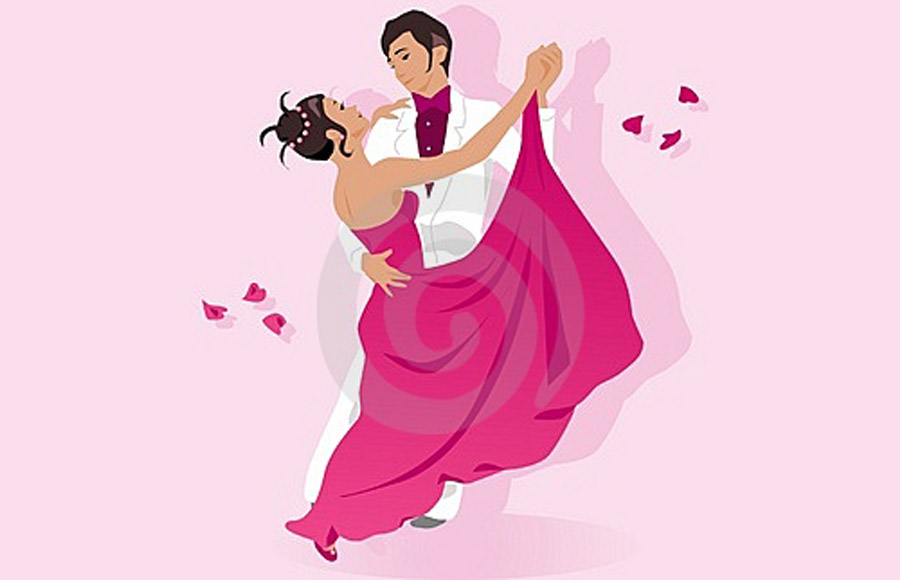
However, one should not think that today's balls are only waltzes and polonaises. In the middle of the evening, both jazz and modern rhythms almost always begin to sound, and in the Hofburg, where the main balls are held, several orchestras play in different halls and you can choose what to dance - samba, tango, rumba or rock and roll.
... Of course, the 21st century is trying to break into the ancient golden halls with a cold wind and drive out the dancers who hid from it in the 19th century. In front of the Opera House. Where are the rehearsals for the main event? Every now and then demonstrations are noisy: either migrants are fighting for the expansion of their rights, or green buzzers, or visiting Turks are defending something of their own, little understood by the rest ....
But there are more and more escapers. Viennese waltzes and balls march victoriously around the world, capturing Europe, Russia, America, Japan, China...
- Viennese balls will never die! Brigitte, the owner of the dance school, says with conviction.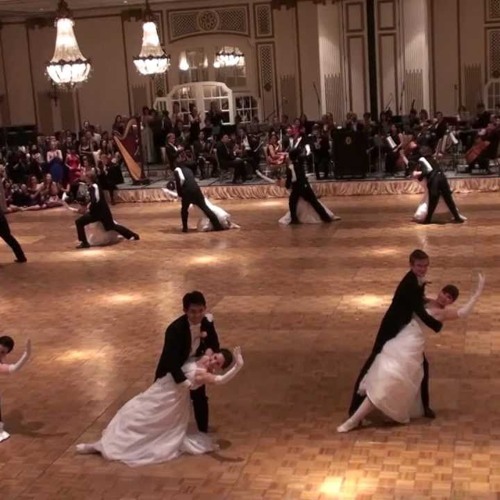 “Because those are the paper clips that sew history together. Connect times. And they give hope: there are eternal values that will help a person survive!
“Because those are the paper clips that sew history together. Connect times. And they give hope: there are eternal values that will help a person survive!
Well, no matter what crises are promised to us, small orchestras will play their waltzes and foxtrots. ALLES WALZER!
What to wear
Women
The main requirement is a floor-length dress, with bare shoulders and - if possible - a deep neckline, with a free puffy bottom (otherwise how to dance?). The color is not regulated, but inveterate lovers of balls avoid white and its shades (cream, ivory) - this is the traditional color of young debutantes, as well as red and black (the most hackneyed colors, so other balls seem to illustrate Stendhal's novel of the same name).
Gloves (long - to a dress without sleeves and shorter - to a dress with sleeves) are preferable, but not mandatory everywhere. And don't repeat Cinderella's gaffe: the fairy gave her the wrong shoes for the ball! The correct ones should be: with a not very high and comfortable heel and a closed toe, with membranes or fasteners - well, so that they don’t fly off during the dance.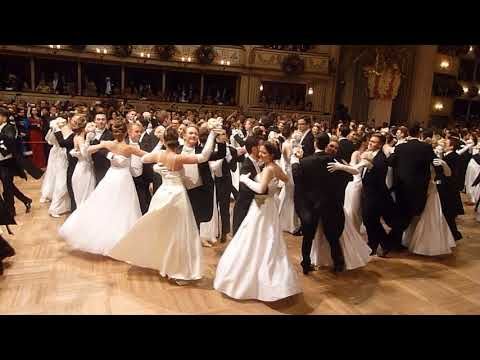
Jewelry - only festive and real. If there are none, it is better not to replace them with modest pendants and jewelry. Do not loosen your hair: they must be removed in a hairstyle that opens the neck.
Accessories: an exquisite fan and a small purse with a pencil are desirable: write the names of gentlemen in the program.
For the debutantes of the opera ball, a bouquet of flowers and a crown on the head are obligatory: its design changes every year.
Important! Etiquette forbids ladies to appear during the season at different balls in the same dress. But economical Viennese have opened many shops where you can return your “walked off” dress and rent someone else’s.
Men
A gentleman who has gathered for a ball (especially for a pompous Opera one) simply must have: a black tailcoat with a white waistcoat and a white bow tie (black bow ties are only for waiters!), suspenders, silk socks, black patent leather shoes and white gloves (hug in the dance bare hand on the naked back of the partner - mauvais ton!).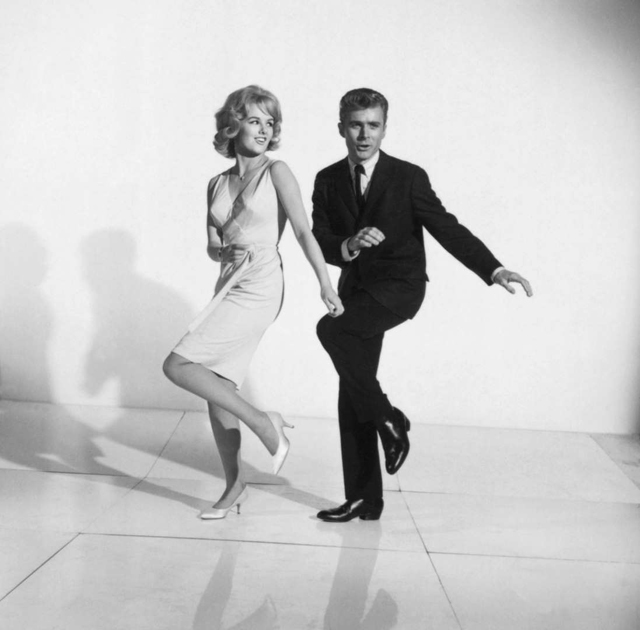 A black top hat is optional, but possible. Wristwatches are not supposed to go with a tailcoat, only pocket watches, on a chain.
A black top hat is optional, but possible. Wristwatches are not supposed to go with a tailcoat, only pocket watches, on a chain.
Some balls give men an indulgence in the form of a possible tuxedo, and traditionally people come to the famous Hunter's Ball in national Austrian costumes made of green "Loden" cloth. All accessories for the ball (except, perhaps, socks) can be rented in numerous shops and ateliers (tuxedo - from 75 euros, tailcoat - from 150, dress for ladies - from 120).
BALL SEASON IN VIENNA - 2013/2014
November 15, 2013 Vienna Red Cross Ball (City Hall)
December 31, 2013 - New Year's ball in the Hofburg LE GRAND BALL (Hofburg)
01/11/2014 - Balvienne University of Economics (Hofburg)
01/16/2014 - Viennese confectioners' ball (Hofburg)
01/17/2014 - Ball of Army Officers (Hofburg)
01/17/2014 - Ball of Flowers (Town Hall)
01/18/2014 - Vienna Industrial Association Ball / Wirtschaftsball (Hofburg)
01/23/2014 - Ball of the Austrian Real Estate Society (Hofburg)
01/23/2014 - Ball of the Vienna Philharmonic Orchestra (in all Musikverein halls)
01/24/2014 - Police Ball (Town Hall)
01/25/2014 - Doctors' Ball (Hofburg)
01/27/2014 - Hunter's Ball (Hofburg)
01/30/2014 - Ball of Engineers (Hofburg)
02/01/2014 - Pharmacist's Ball (Hofburg)
02/14/2014 - Johann Strauss Ball (Kursalon)
02/21/2014 - Viennese Coffee Shop Owners' Ball (Hofburg)
02/27/2014 - Ball at the Vienna Opera (in the building of the Vienna Opera)
02/28/2014 - Candy Ball (at the Vienna Concert Hall / Konzerthaus)
03/01/2014 - Lawyers' Ball (Hofburg)
03/03/2014 - Masquerade ball - Rudolphina Redoubt (Hofburg)
03/04/2014 - Elmayer dance school ball (Hofburg)
04/05/2014 - Dancers Against Cancer (Hofburg)
04/26/2014 - Ball "Grand Bal de Diversite" (Ball of Diversity)
Even more interesting things in our Yandex.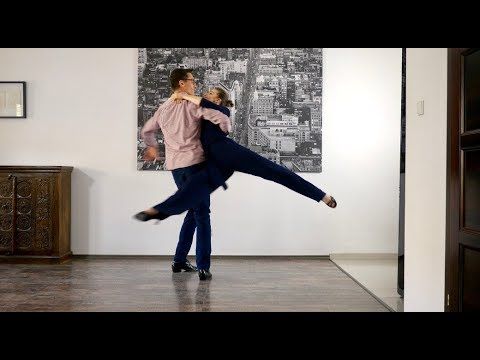 Zen channel. Subscribe!
Zen channel. Subscribe!
See also
- #Austria
- #ball
- #Vienna
- #history
- #clothes
- #dancing
- #school
Share
0
The Walzer collection - on the wave of the dance of tastes!
/>
The site is undergoing technical work. The online store will be reopened shortly.
Back to the list of news
04/02/2015
Brand Röndell has been on the world market of professional tableware since 1988, on the Russian market since 2006, and over the years has become a recognized expert in the development of design and technology of tableware.
Röndell presents Walzer's new design collection of cast aluminum cookware, which was awarded the Best of the Best Gold Award in the 2015 international industrial design competition Kitchen Innovation of the Year.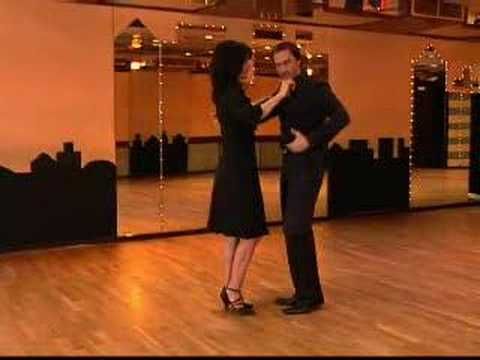
It is important that the Walzer collection has been created jointly with the famous Röndell Brand on the global market of professional tableware since 1988, on the Russian market since 2006, and over the years has become a recognized expert in the development of design and technology of tableware.
It is important that the Walzer collection was created in collaboration with the famous Italian designer Gianpietro Tonetti - the owner of many prestigious awards, including: the annual Forum Design Milano competition, Reddot design awards, A'DESIGN AWARD and many others. At 19In 83, he founded his own studio, which has been engaged in industrial design for more than 30 years, including the development of consumer goods. Gianpietro Tonetti was directly involved in the development of the basic concept of the collection. As a result of joint activities, an elegant and functional collection of tableware was born.
In a real waltz of tastes you will be swept by a unique collection of tableware from Röndell Waltzer .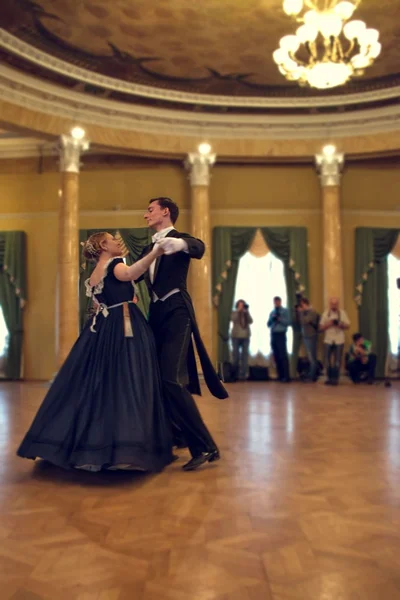 The Walzer cookware collection is a masterful combination of tradition and innovation, sophisticated design and functionality that inspires the creation of culinary masterpieces. Thanks to the unique elegant design, the wave-like surface, as if created by hand, the collection will turn into a favorite kitchen decoration for every culinary specialist!
The Walzer cookware collection is a masterful combination of tradition and innovation, sophisticated design and functionality that inspires the creation of culinary masterpieces. Thanks to the unique elegant design, the wave-like surface, as if created by hand, the collection will turn into a favorite kitchen decoration for every culinary specialist!
All items of the Walzer collection are made of thickened cast aluminum (walls - 2.5 mm, bottom - 4.5 mm), which is ideal for quick frying and long-term "languishing" of dishes - this will allow you to achieve maximum juiciness of the products and preserve all the nutrients in the ingredients.
The collection includes a ladle with a lid with a diameter of 16 cm, pots with a lid with a diameter of 20 and 24 cm, frying pans with a diameter of 24, 26, 28 cm.
To appreciate the exceptional functionality and ergonomics of each piece of cookware in the collection, you will be able to appreciate the spouts on the body of the cookware and the rim with holes of different sizes on the lid.